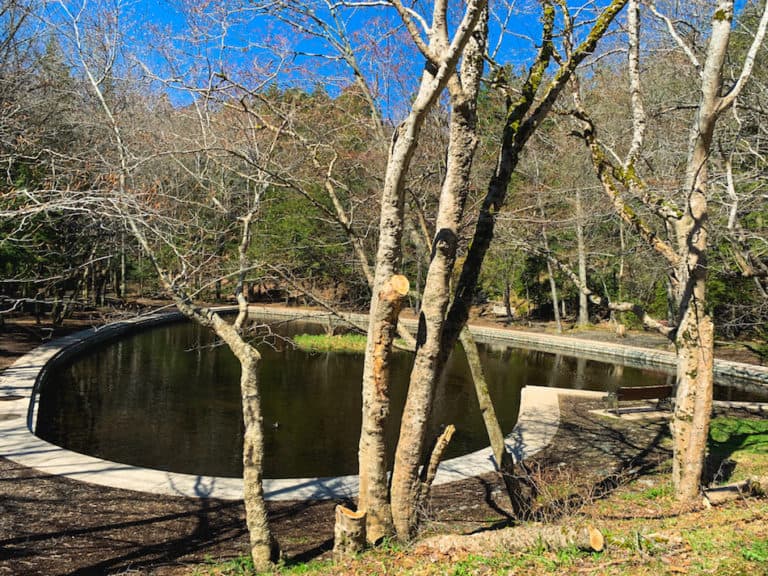How to Hike Responsibly and Leave No Trace

Imagine hiking your favourite trail, surrounded by towering trees, crisp mountain air, and the serene sounds of nature—only to stumble upon discarded snack wrappers and trampled vegetation. Unfortunately, this is becoming an all-too-common sight on many popular trails. As more people discover the joys of hiking, the impact on our natural spaces grows, making responsible hiking more important than ever.
This is where the Leave No Trace (LNT) principles come in. These seven guidelines—ranging from proper waste disposal to respecting wildlife—are designed to minimize our impact on nature and preserve the beauty of the outdoors for future generations.
In this guide, we’ll explore how to hike responsibly by following these principles. Whether you’re new to hiking or a seasoned hiker, these tips will help you protect the trails, wildlife, and ecosystems you love while ensuring your outdoor adventures leave only footprints behind.
What Does Leave No Trace Mean?
The Leave No Trace principles are seven guidelines designed to help people minimize their environmental impact. Developed by the Leave No Trace Center for Outdoor Ethics, these principles apply to everything from short day hikes to multi-day backcountry treks. Understanding and practicing these principles ensures that we preserve the beauty, biodiversity, and functionality of natural spaces for generations to come.
The Seven Leave No Trace Principles
Why Responsible Hiking Matters
Hiking offers an incredible opportunity to connect with nature, unwind from daily stress, and experience the beauty of the outdoors. But as more people explore the trails, our collective impact on the environment grows. This is where understanding the bigger picture of responsible hiking comes in. By adhering to Leave No Trace principles and practicing sustainability, we not only preserve nature for future generations but also contribute to a larger environmental effort that goes beyond individual actions.
The Ripple Effect of Responsible Hiking
When you hike responsibly, your efforts extend far beyond the trail. Every time you pack out your trash, respect wildlife, or educate others about Leave No Trace principles, you’re contributing to:
Ecosystem Preservation
Trails often pass through fragile ecosystems where plants and animals rely on delicate balances to thrive. Hiking responsibly helps protect these habitats from degradation caused by litter, erosion, and human interference. For example, staying on marked trails prevents the destruction of native plants, which can take years to recover.
Waterway Protection
Improper disposal of waste, including food scraps, can contaminate nearby streams and lakes. Responsible practices ensure that water sources remain clean for wildlife and human use. Consider areas like alpine environments, where water purification is a natural but slow process—every small act to reduce contamination matters immensely.
Wildlife Conservation
Feeding or disturbing animals might seem harmless but can lead to dependency on human food, altered behaviours, and increased risks of wildlife-human conflict. By respecting wildlife, you help maintain their natural behaviours and keep ecosystems in balance.
The Impact of Irresponsible Hiking
Many well-loved hiking spots, such as national parks, are struggling to cope with increased visitation. Duch impacts not only degrade the natural beauty of these areas but also strain the resources needed to maintain them. Heavily trafficked trails often lead to the creation of “social trails” (unofficial paths), which disrupt natural habitats and accelerate soil erosion. Over time, this can permanently alter the landscape.
Small Actions, Big Change
While the challenges of preserving natural spaces may seem overwhelming, change starts with individual actions. By practicing responsible hiking, you set an example for others and help create a culture of environmental stewardship. Share your knowledge of Leave No Trace principles with fellow hikers, friends, and family. When more people understand how to reduce their impact, the collective benefits multiply.
Why It Matters for Future Generations
Imagine your favourite hiking spot 20 years from now. Will it still be as pristine, vibrant, and full of life? The decisions we make today directly impact whether these natural spaces remain accessible and enjoyable for those who come after us.
Be Part of the Solution
Hiking responsibly isn’t just about following rules—it’s about embracing a mindset of stewardship and understanding our role within nature. The bigger picture reminds us that every action we take, no matter how small, has a ripple effect that can either harm or help the environment.

By following Leave No Trace principles, sharing your knowledge with others, and supporting conservation efforts, you’re taking meaningful steps toward protecting the trails, ecosystems, and wildlife we all love. Let’s work together to ensure that the natural beauty we enjoy today is still there for generations to come.
Take a moment to reflect on how your next hike can contribute to this larger goal. What changes will you make to leave the outdoors better than you found it?






